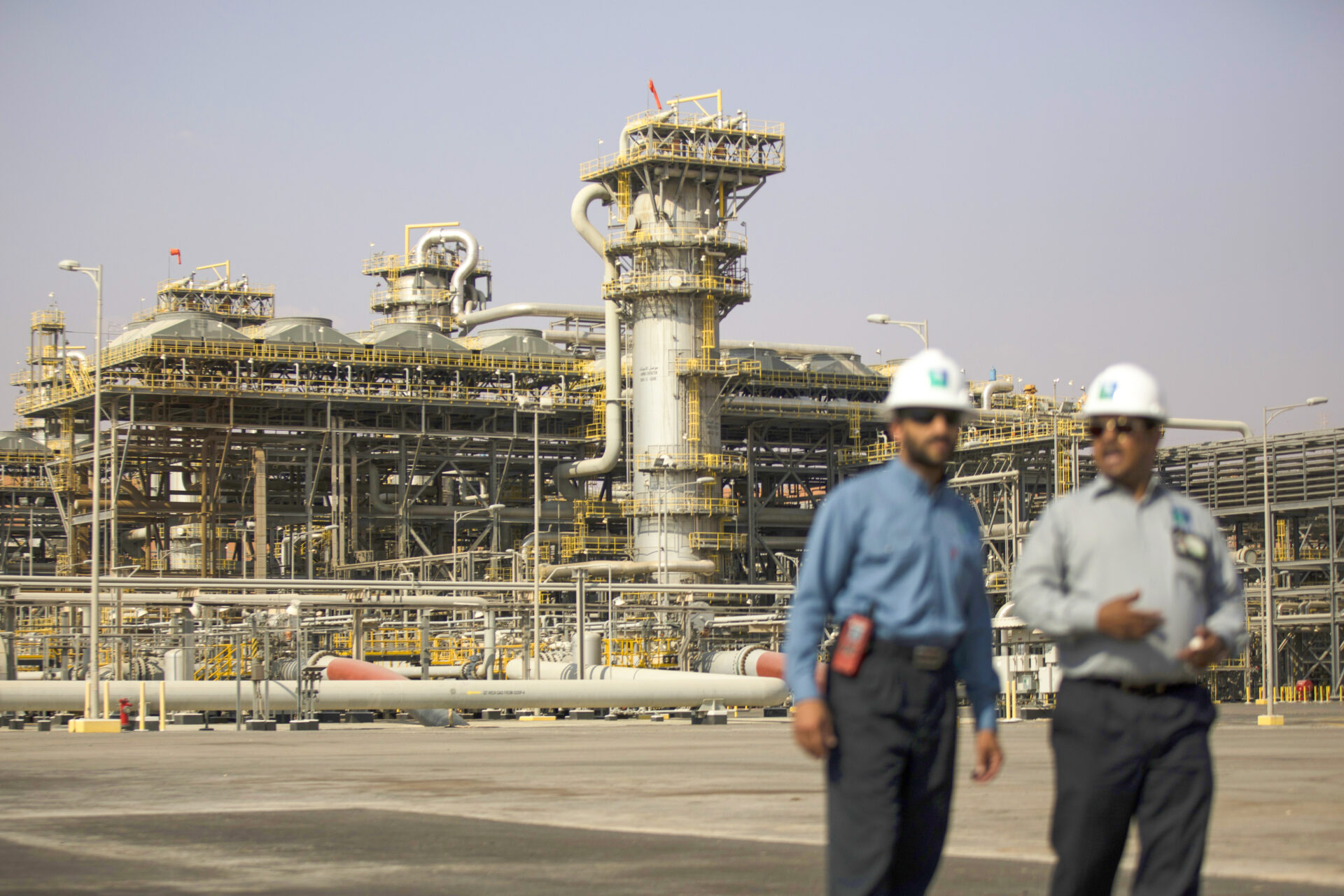The building sector accounts for one-third of the world’s annual energy consumption, making it one of the largest consumers of energy resources. With the rapid global growth of urbanization and industry, and a continued rise in population, the demand for energy in the building sector is expected to increase by around 65% between 2018 and 2050.
Conscious that seeking sustainable, environmentally friendly methods of generating and using energy will be critical to limit the extreme effects of climate change, KAPSARC researchers Fateh Belaïd and Mohammad Aldubyan used a detailed modelling approach to predict global oil demand for energy consumption by buildings in the coming decades. Their approach provides a valuable tool to guide energy use planning and management for all stakeholders.
“Conducting this study now is crucial due to the significant energy consumption and emissions stemming from this sector,” says Belaïd. “Understanding future oil demand for residential, commercial and industrial buildings is essential for guiding energy policy and helping to address climate change.”
Through their model, the researchers, who are both research fellows in the Climate and Sustainability Department at KAPSARC, provide a detailed projection of potential demand for oil in the buildings sector. They have covered eight regions across the globe, forecasting up to 2050 and focusing on the consumption of four different fuel types: liquefied petroleum gas (LPG), kerosene, gas and diesel oil (excluding biofuels), and fuel oil.
Did you know?
The building sector accounts for one-third of the world’s annual energy consumption.
The demand for energy in the building sector is expected to increase by around 65% between 2018 and 2050.
The complexities of energy use in buildings
Overall energy use in any given building is determined by the utilities it needs for its intended purpose. Different performance variables, such as size, building materials and insulation, as well as the building’s age, play a key role. Understanding the consumption behaviors of each building’s occupants and the influence of the local environment and climate is also critical. This means that predicting building energy consumption levels is inherently complex and dependent on multiple, ever-shifting variables.
Belaïd and Aldubyan’s study uses advanced multivariate forecast modelling, specifically Autoregressive Integrated Moving Average with Exogenous variables (ARIMAX), to forecast energy use trends.
“The ARIMAX model helps predict how much energy buildings will use by examining historical patterns and considering the influence of important external factors such as weather, gross domestic product, population and oil prices,” says Belaïd. “It delivers accurate energy-use forecasts by combining the historical data with these external factors. This data-driven approach also offers deep insights into regional and global trends over time.”
As with any modelling approach, the results are only as robust as the data that is put in to train and run the model. In the building sector, many existing datasets are convoluted and at times incomplete, Aldubyan explains.
“Detailed and consistent data on building energy use is often limited or unavailable, especially for older datasets and those from certain, often poorer, regions,” he adds. “Variations in data-collection methods and reporting standards across different sources and countries can lead to inconsistencies in the final model output. Additionally, differences in building energy sources and practices across regions and over time add an extra layer of complexity to the analysis.”
For this study, the researchers delved into 48 years’ worth of historical data (1971-2019) from credible sources including the World Bank, the UN Population Division of the Department of Economic and Social Affairs, and the International Energy Agency. While their model results are as robust as they can be within current parameters, the team acknowledges that long-term projections cannot account for future policy changes or technological disruptions that could drastically alter the outcomes. “Our results should be interpreted as useful pointers toward potential trends, not guaranteed predictions,” Aldubyan says.
Following the trends
The model has yielded useful insights into fuel use trends in buildings for the coming decades. For instance, demand for LPG use in buildings is projected to grow steadily, with the sector drawn to the fuel’s affordability, versatility and relative cleanliness compared with traditional fuels such as coal and wood. Similarly, gas and diesel oil use will increase between now and 2050.

Construction in the Riyadh financial district, Saudi Arabia. Image credit: abalcazar/ iStock / Getty Images Plus
While the global demand for fuel oil in buildings has declined consistently in recent decades, the team’s projections suggest that this trend has stabilized and will likely remain static in future. Based on current estimates, the global demand for kerosene in buildings is on a consistent downward trajectory, projected to continue for the foreseeable future.
The KAPSARC researchers hope that their results will prove valuable to stakeholders in both the building and energy sectors.
“Our study highlights the importance of efficient and sustainable long-term energy planning for the buildings sector,” says Belaïd. “We would urge stakeholders to collect and use detailed, high-quality data to understand regional trends and fuel-specific use; and make use of accurate models like ours to anticipate potential challenges. The development and adoption of energy efficient technologies and practices is also vital.”
Such practices include developing programs to encourage building occupants to adopt energy-saving behaviors. It is also crucial that energy systems in buildings are inherently flexible, so that managers can adapt energy use quickly in response to changing conditions.
Looking ahead
“The adaptability of the ARIMAX model allows for continuous updates to projections, and we will continue to refine the model with new, high-quality data,” says Aldubyan. “There are also areas within these initial results that warrant further investigation.”
For example, the detailed segregation of oil demand by fuel type and geographical region could be expanded to include more granular data at the city or even the individual building level. Additionally, the team would like to examine the impact of specific policy interventions and emerging technologies that could reduce oil consumption in the building sector.
“Further exploration of the behavioral factors influencing energy demand, and how they can be effectively managed, would also pave the way for more comprehensive energy management strategies,” concludes Belaïd.
Reference
Belaïd, F. & Aldubyan, M. Projecting global oil demand for the buildings sector. KAPSARC (2024).




